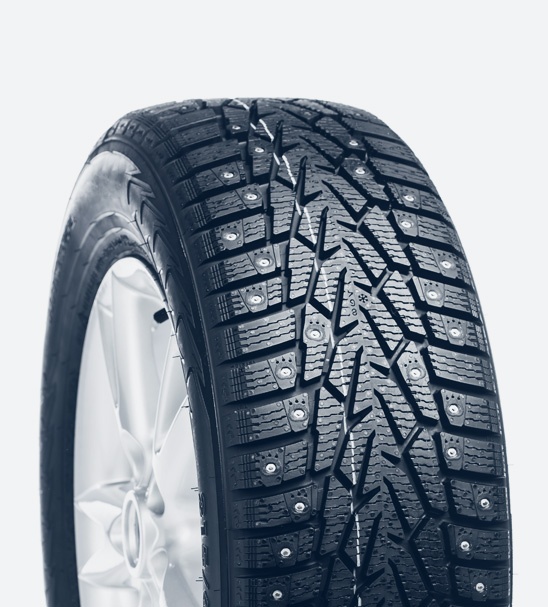Pro . 06, 2024 06:08 Back to list
How to Change the Wiper Seal on a Hydraulic Cylinder
Replacing the Wiper Seal on a Hydraulic Cylinder
Hydraulic cylinders are essential components in various machinery and equipment, providing the necessary power to lift, push, or pull heavy loads with ease. One of the critical parts of a hydraulic cylinder is the wiper seal, which plays a vital role in protecting the internal components from dirt, debris, and moisture. Over time, wiper seals can wear out or become damaged, leading to hydraulic fluid leakage and reduced cylinder performance. This article will guide you on how to replace the wiper seal on a hydraulic cylinder, ensuring your machinery operates efficiently.
Understanding the Wiper Seal
The wiper seal, located at the outer end of a hydraulic cylinder, is responsible for keeping contaminants out of the cylinder. It wipes away any dirt or debris on the piston rod as it extends and retracts, preventing them from entering the hydraulic system. A damaged wiper seal can lead to contamination, which can cause significant wear on internal seals and components, ultimately leading to cylinder failure.
Tools and Materials Needed
Before starting the replacement process, ensure you have the following tools and materials
- New wiper seal (make sure it matches the specifications of your cylinder) - Seal installation tool or plastic spatula - Hydraulic fluid - Clean rags - Safety goggles and gloves - Torque wrench - Screwdriver set - Pliers
Steps to Replace the Wiper Seal
1. Safety First Before beginning any repair work, ensure that the hydraulic cylinder is not under pressure. Disconnect the hydraulic supply and relieve any residual pressure by retracting the cylinder fully.
replacing wiper seal on hydraulic cylinder

2. Disassemble the Cylinder Begin by removing any attached components, such as brackets or hoses, that may obstruct access to the cylinder. Carefully unscrew and detach the cylinder head or end cap, taking note of how parts are assembled for easy reassembly later.
3. Remove the Old Wiper Seal Once the cylinder is disassembled, locate the old wiper seal. Depending on the design, it may be secured with a retaining ring or simply fitted into a groove. Use the appropriate tool to remove the old seal carefully without damaging the cylinder's surface.
4. Clean the Surface Before installing the new wiper seal, clean the groove and surrounding area thoroughly. Use a clean rag to remove any dirt, debris, or old sealant, ensuring a proper fit for the new seal.
5. Install the New Wiper Seal Take the new wiper seal and ensure it is oriented correctly. The sealing lip should face inward, towards the cylinder. Gently press the new seal into the groove, making sure it sits evenly and is not twisted. A seal installation tool or spatula can help guide it properly into place.
6. Reassemble the Cylinder Once the new wiper seal is securely in place, reattach the cylinder head or end cap. Make sure to follow the original assembly order and secure all fasteners to the manufacturer’s torque specifications to avoid any leaks.
7. Reconnect and Test Reconnect any hoses or brackets that were removed earlier. Refill the hydraulic fluid if necessary, and check for any signs of leaks around the new seal. Slowly extend and retract the cylinder to ensure it operates smoothly and that the new wiper seal effectively prevents contamination.
8. Final Inspection After testing, conduct a final inspection of the entire hydraulic system. Look for leaks and listen for abnormal noises that may indicate incorrect assembly or other issues.
Conclusion
Replacing the wiper seal on a hydraulic cylinder is a straightforward process that can significantly enhance the lifespan and performance of your equipment. Regular maintenance and inspections will help identify wear and tear early, preventing costly repairs down the line. By following these steps, you can ensure that your hydraulic cylinders remain in optimal condition, providing reliable service for years to come.
-
Unlocking the Potential of Hydraulic Systems with Essential Sealing Solutions
NewsAug.06,2025
-
Unleash the Power of Your Hydraulic Systems with Our Premium Seal Kits
NewsAug.06,2025
-
Specialized Hydraulic Seal Kits for Breakers, Pistons, and Presses
NewsAug.06,2025
-
Revitalize Hydraulic Systems with Premium Repair and Seal Kits
NewsAug.06,2025
-
Fortify Your Cylinders with Premium Sealing Solutions
NewsAug.06,2025
-
Elevate Hydraulic System Reliability with Specialized Seal Kits
NewsAug.06,2025
-
TCN Oil Seal Metal Ring Reinforcement for Heavy Machinery
NewsJul.25,2025
Products categories
















